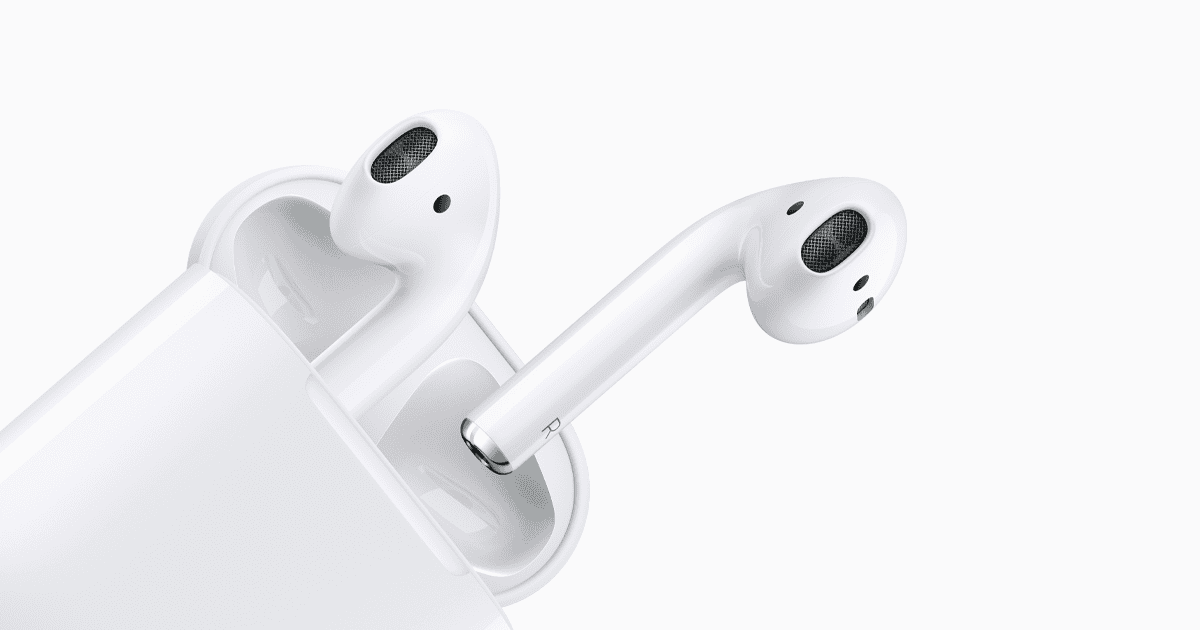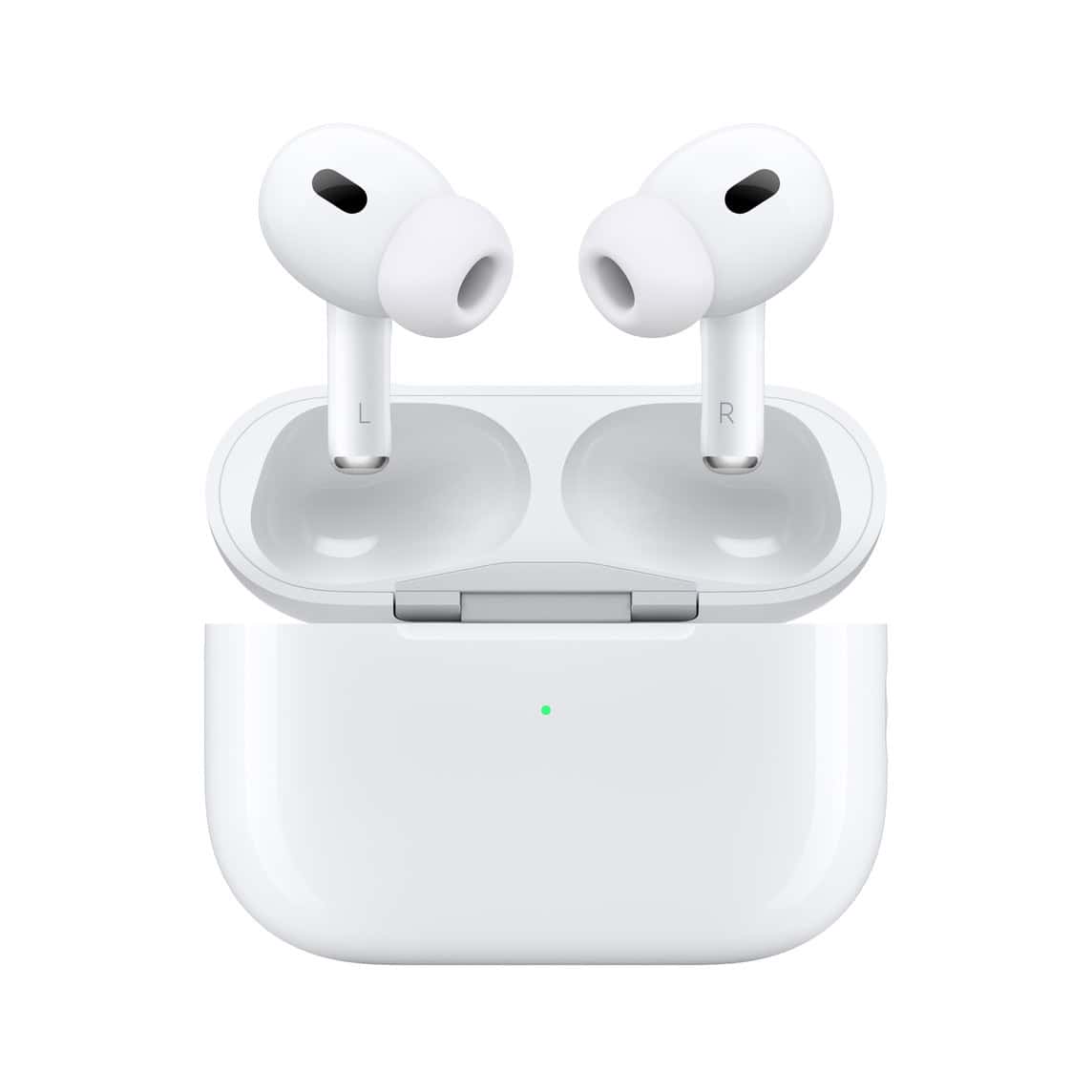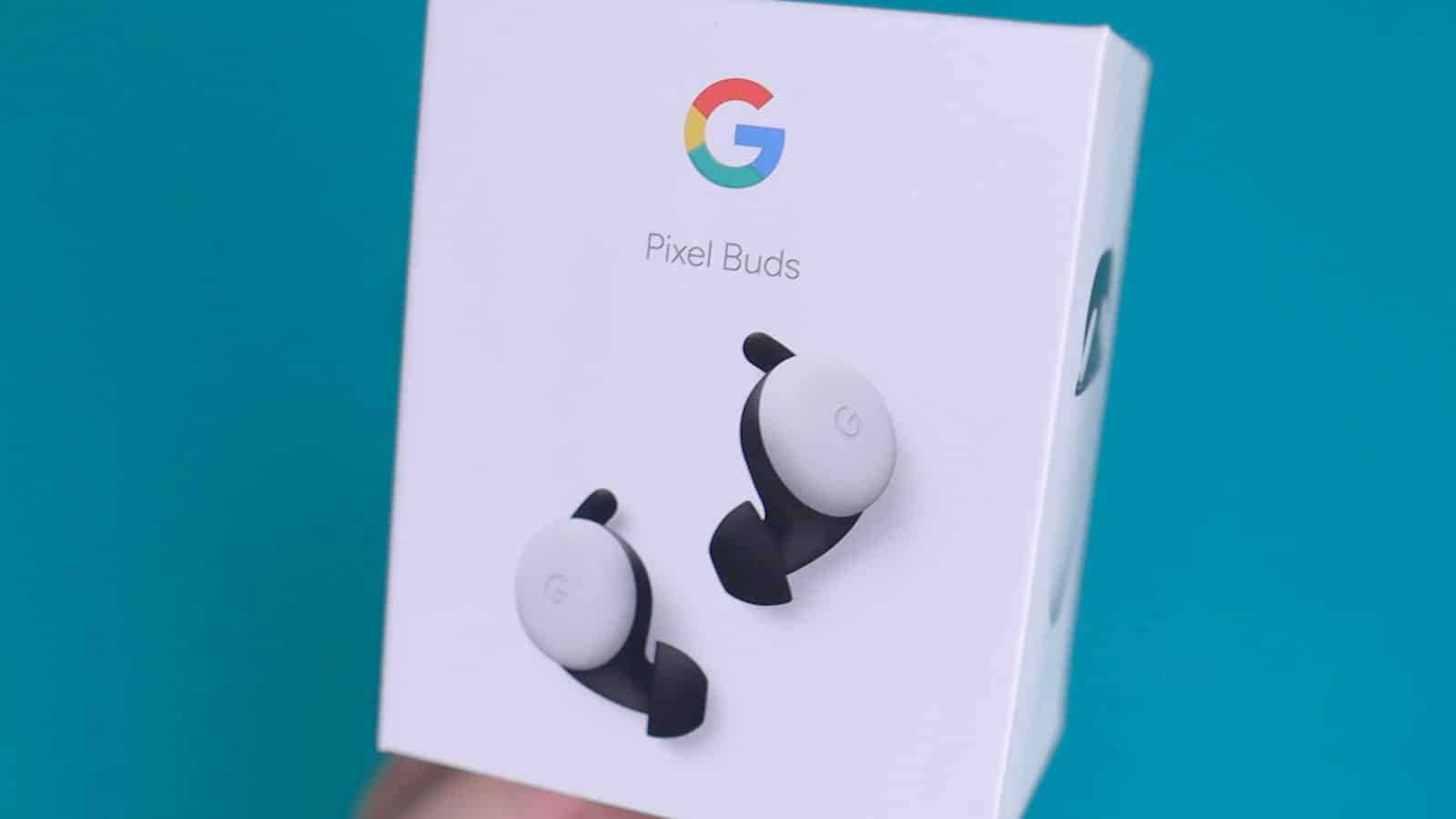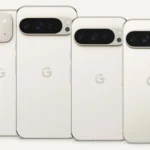In the world of personal audio, the decision between Google Pixel Buds and Apple AirPods is a defining one for users. With both products offering a blend of style and technology, it’s crucial to consider each for their merits in design, comfort, and technological prowess. As two of the most popular wireless earbuds on the market, they each cater to their respective ecosystems, promising seamless integration with their branded devices. The choice between them often boils down to which device pairs best with the user’s smartphone—Pixel Buds with Android and AirPods with iOS.
However, the competition between the two isn’t just about compatibility. It extends to the core features like sound quality, battery life, and the convenience of use that both tech giants have engineered into their earbuds. Google’s Pixel Buds Pro boasts an impressive battery life, particularly with Active Noise Cancellation (ANC) engaged, but Apple’s AirPods are no slouches either, promising an intuitive user experience and high-quality audio playback. It’s a battle of longevity against ecosystem integration, where each product brings its strengths to the fore.

Pixel Buds vs AirPods: Which Wireless Earbuds Are Right for You?
When it comes to true wireless earbuds, two names dominate the conversation: Google’s Pixel Buds and Apple’s AirPods. Both are packed with cutting-edge technology, but they cater to slightly different needs depending on your device ecosystem, sound preferences, and lifestyle. Let’s break down how these two options stack up against each other across the most important categories.
Design and Comfort
Pixel Buds:
The latest Pixel Buds (specifically the Pixel Buds Pro) feature a sleek, low-profile design that sits snugly in the ear without protruding too much. They come with multiple ear tip sizes and even have a built-in sensor to help you achieve a proper fit. The soft matte texture and compact shape make them discreet and comfortable for extended wear.

AirPods:
AirPods (especially the AirPods Pro 2nd generation) are known for their instantly recognizable design. The shorter stem compared to older models and the addition of silicone ear tips in the Pro versions greatly improve fit and noise isolation. Standard AirPods (3rd generation) skip the ear tips for a more “one-size-fits-most” fit, which isn’t ideal for everyone but offers supreme comfort for those they suit.
Verdict:
Pixel Buds are a bit more customizable in fit, while AirPods Pro generally feel lighter and more natural for longer listening sessions.
Sound Quality
Pixel Buds:
Pixel Buds Pro deliver a rich, bass-forward sound profile with good clarity in mids and highs. They include a custom 11mm dynamic speaker driver, active EQ adjustment, and adaptive sound that automatically tunes audio levels based on your surroundings. They’re tuned for a fun, vibrant sound rather than a flat studio reference.
AirPods:

AirPods Pro (2nd gen) offer a more balanced sound signature with surprisingly deep bass, natural mids, and clear highs. Adaptive EQ and dynamic head tracking with spatial audio create an immersive listening experience, especially when paired with an iPhone or iPad. Standard AirPods (3rd gen) sound good but don’t match the noise isolation or fullness of the Pro versions.
Verdict:
AirPods Pro have an edge for more balanced and detailed audio, especially when spatial audio is in play. Pixel Buds Pro lean toward a slightly punchier, bass-enhanced experience.
Active Noise Cancellation and Transparency Modes
Pixel Buds:
The Pixel Buds Pro are Google’s first model to feature Active Noise Cancellation (ANC), and it performs well, especially when you achieve a good seal. The transparency mode is decent but sounds a bit less natural compared to top-tier competitors.
AirPods:
Apple’s AirPods Pro 2 deliver some of the best ANC performance in the true wireless market. Their transparency mode is also incredibly lifelike, allowing you to hold conversations or hear ambient sounds naturally without removing the buds.
Verdict:
AirPods Pro outperform Pixel Buds Pro in both ANC and transparency mode realism.
Smart Features and Connectivity
Pixel Buds:
Pixel Buds work seamlessly with Android devices, offering Google Assistant integration, real-time language translation, and fast pairing through Google’s Fast Pair system. Multipoint connectivity allows them to connect to two devices simultaneously, making it easy to switch between a phone and a laptop.
AirPods:
AirPods shine when paired with Apple products. Instant setup, automatic switching between Apple devices, Find My integration, Siri voice activation, and spatial audio customization all create an incredibly cohesive user experience. They also now support Adaptive Audio, which intelligently adjusts ANC and transparency based on your environment.
Verdict:
If you use an Android phone, Pixel Buds Pro are a natural choice. If you live inside the Apple ecosystem, AirPods Pro offer an unmatched level of integration and convenience.
Battery Life
Pixel Buds:
- Up to 11 hours of listening time without ANC.
- Around 7 hours with ANC turned on.
- Total of up to 31 hours with the case.
AirPods:
- Around 6 hours of listening time with ANC.
- About 30 hours total with the charging case.
- Quick charge feature gives about 1 hour of listening from a 5-minute charge.
Verdict:
Pixel Buds Pro last longer per charge without ANC, but both cases offer similar total battery life.
Durability and Water Resistance
Pixel Buds:
Pixel Buds Pro are IPX4-rated, meaning they can withstand splashes and sweat but aren’t fully waterproof.
AirPods:
AirPods Pro 2 are also IPX4-rated for the earbuds and the case, giving slightly better all-around protection.
Verdict:
Both are equally resistant to sweat and light rain, making them great for workouts and outdoor use.
Pricing
Pixel Buds Pro: Typically priced around $199, though discounts are frequent.
AirPods Pro 2: Retail around $249, with occasional price cuts during major sales.
Verdict:
Pixel Buds Pro are a better value if you prioritize cost, though AirPods Pro justify their premium with deeper ecosystem features if you’re an Apple user.
Final Comparison Table
| Feature | Pixel Buds Pro | AirPods Pro 2 |
|---|---|---|
| Sound Quality | Bass-boosted, lively | Balanced, detailed, spatial audio |
| Noise Cancellation | Strong, but slightly behind leaders | Industry-leading ANC |
| Comfort | Very customizable fit | Extremely lightweight and ergonomic |
| Smart Features | Best with Android, Google Assistant | Best with iOS, Siri, Adaptive Audio |
| Battery Life | Up to 11 hours (7 with ANC) | 6 hours with ANC |
| Water Resistance | IPX4 (earbuds) | IPX4 (earbuds and case) |
| Price | ~$199 | ~$249 |
Both Pixel Buds Pro and AirPods Pro 2 are excellent choices, but the right pick depends heavily on what smartphone you use and what you prioritize most — sound quality, noise cancellation, ecosystem integration, or price. If you’re deep into Android, the Pixel Buds Pro are an obvious fit. If you use Apple devices, AirPods Pro 2 deliver an experience that feels perfectly tailored to your daily routine.
Key Takeaways
- Choosing between Pixel Buds and AirPods depends on user device ecosystem.
- Design and comfort are key differentiators between the two earbuds.
- Both earbuds offer high-quality audio and features catering to their respective user bases.
Design and Comfort
When choosing between Google Pixel Buds and AirPods Pro, the design and comfort are crucial aspects. These features impact the overall experience.
Physical Features
The AirPods Pro have a sleek design with stems that extend from the ear. They come with silicone ear tips to ensure a secure fit. Users can choose from three sizes to find the right fit. The AirPods Pro also have an IPX4 rating, which means they are resistant to sweat and splashes.
Google Pixel Buds have a rounded design that sits flush with the ear. The stabilizer arc ensures they stay in place. Like the AirPods Pro, they come with silicone ear tips in three sizes. The design includes spatial vents to reduce the plugged-ear feeling.
Wearing Experience
Fit and comfort are subjective but vital for enjoying earbuds. The AirPods Pro with their silicone ear tips provide a customizable fit. The ear tips conform to the ear canal, which can improve comfort and the seal for noise cancellation.
The Google Pixel Buds also focus on comfort. They sit gently in the ear with a secure fit from the stabilizer arc. This design can be comfortable for long periods. The Google Pixel Buds’ passive noise isolation comes from a secure fit with the eartips.
Technology and Performance
When comparing Google Pixel Buds with Apple AirPods Pro, the focus often lands on technology and performance. Aspects like audio quality, battery life, connectivity, and control mechanisms stand out in these true wireless earbuds.
Audio Quality and Capabilities
Google Pixel Buds and Apple AirPods Pro deliver high-quality sound, but they come with distinct features. The AirPods Pro offer Active Noise Cancellation (ANC) and Adaptive EQ, enhancing listening experiences by minimizing ambient noise and optimizing sound. They also support Spatial Audio with dynamic head tracking for a theater-like experience. Google’s earbuds excel with clear, rich sound and feature integration with Google Assistant for voice-activated help.
Battery Life and Charging
Battery longevity is crucial for users on the go. Pixel Buds Pro lead with up to 7 hours of playtime with ANC on, whereas AirPods Pro provide up to 4.5 hours with the same feature enabled. Both sets benefit from their charging cases, which extend total playtime. Pixel Buds offer fast pair and USB-C charging, while AirPods Pro use a Lightning connector and support MagSafe and Qi wireless charging.
Connectivity and Controls
AirPods Pro and Pixel Buds offer seamless connectivity, especially within their ecosystems. AirPods Pro, with Apple’s H1 chip, ensure effortless pairing with iOS devices, and they facilitate audio switching between Apple devices. Pixel Buds use Bluetooth multipoint and pair quickly with Android devices via Fast Pair. Both earbuds have intuitive touch controls, but they differ in execution. AirPods Pro’s controls are pressure sensitive whereas Pixel Buds use tap gestures.







